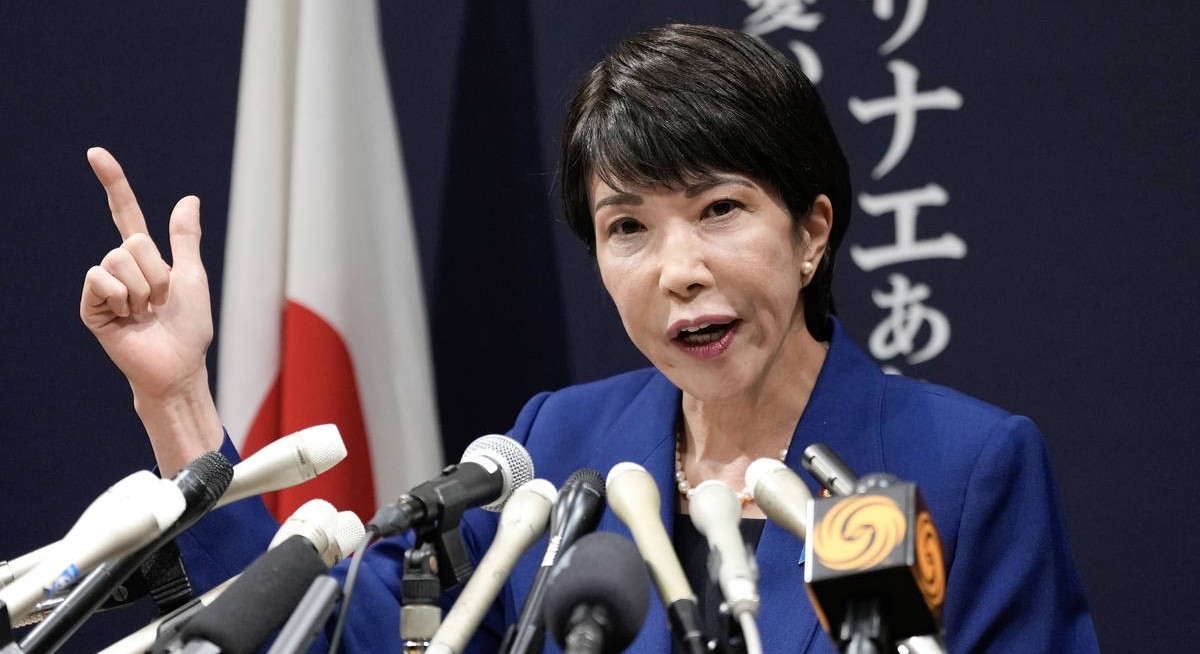(Oct 23): Newly appointed Japanese Prime Minister Sanae Takaichi started off her term with high approval ratings, in a show of optimism that she could deliver on her pledges that include countering inflation and strengthening the economy.
Takaichi has pledged to do more for households struggling with rising costs and is known to be a fiscal expansionist. Her government, which she convened on Tuesday, is already working on an economic package aimed at easing the burden of inflation on households and companies.
Her Cabinet’s approval ratings were 64.4%, according to a poll conducted earlier this week by the Kyodo news agency. 26.6% of respondents said the reason they supported the government was because they trusted Takaichi, while 22.5% said they had high hopes for her economic policies. A separate poll by the Yomiuri newspaper showed a 71% approval rating.
That puts her support rate at a much higher level than the inaugural polls for her predecessor Shigeru Ishiba and Fumio Kishida’s governments, whose approval rates were 50.7% and 55.7% respectively in Kyodo surveys.
It also appears that the choice of Takaichi as leader has so far successfully attracted younger voters.
The Yomiuri poll showed that among respondents who said they support Takaichi’s Cabinet, the percentage of those aged between 18 and 39 had increased fivefold to 80%, from 15% for the Ishiba Cabinet in its previous poll conducted in September. Her administration’s popularity also jumped for those in their 40s and 50s, to 75% compared to 29% previously.
See also: Japan’s finance minister signals possibility of more govt bond sales
Takaichi’s term starts amid a broader shift towards conservatism in the political landscape, as the Liberal Democratic Party she leads pivoted from having centrist Komeito to the right-leaning Japan Innovation Party as its coalition partner. The tilt comes as an increasing number of people express dissatisfaction over a sense that living standards aren’t keeping up with global trends, the influx of foreigners into the country and concern about rising security tensions in the region.
Takaichi must also navigate relations with the US, starting with a visit by its president Donald Trump next week to Japan. She will also likely head to the regional Asean and Asia-Pacific Economic Cooperation conferences, where she could possibly meet with her South Korean and Chinese counterparts on the sidelines.
Further down the line, her government will be navigating a Parliament in which her ruling coalition is still shy of a majority by two seats in the more powerful lower house, meaning she will need support from outside her coalition to pass major legislation. One of the first major items on the agenda will be her package of economic measures.
See also: Japan's Takaichi orders economic package to tackle inflation
The size of the package and whether additional bond issuance would be needed to finance it remains unclear. A supplementary budget will be put together to finance the measures, according to an order from Takaichi to compile the package.
Uploaded by Tham Yek Lee




